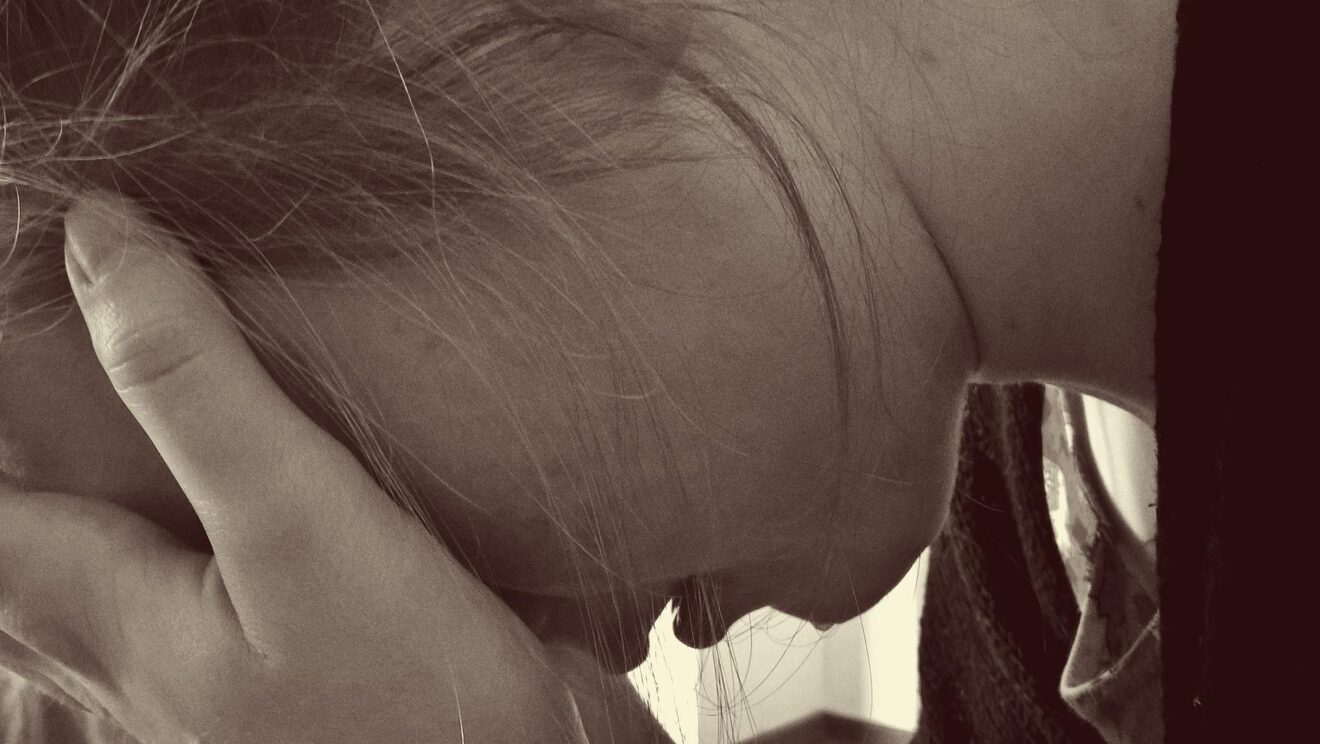How pediatricians can treat trauma and help prevent school shootings
School shootings and the impact of violence
As calls for gun control grow stronger in the wake of another school shooting, pediatricians are increasingly joining the conversation. The May 24 killing of 19 students and two teachers in Uvalde, Texas, is the latest in a string of school shootings and was the 27th school shooting this year alone. Such violence threatens both the physical and mental health of US children, and pediatricians play an important role in addressing this urgent health problem.
Since 2018, the medical community has used the hashtag #ThisIsOurLane to speak out about this pediatric health emergency, and about how they can encourage gun safety. The hashtag was created as a response to the National Rifle Association, which told the American College of Physicians and its members to “stay in their lane” after the medical group published a position paper on gun injuries and deaths.
Following the Uvalde shooting, the hashtag and movement have gained new traction as physicians promote gun safety and policy changes. This type of violence is only becoming more frequent, and it already poses a significant risk to pediatric health, they note.
In the short term, children exposed to a traumatic event may be afraid to leave the house, may have problems with sleep, appetite or concentration and may suffer from headaches, stomachaches or other physical problems. Children can become desensitized to violence or more prone to violent behavior. Those with long-term exposure have a higher risk of:
- Mental, behavioral and physical disorders
- Demonstrating aggressive and violent behavior
- Academic difficulties, including lower graduation rates
- Substance abuse
- Delinquency and criminality.
Gun violence in particular has a significant impact on children and teens. Every day, 12 US children die from gun violence and an additional 32 are wounded. About 3 million children witness a shooting each year.
Gun safety in the home
Eighty-five percent of the children and teens killed by a gunshot are shot in a home. About one-third of US households with children also have guns, and about 4.6 million children live in a home with an unlocked, loaded gun.
The American Academy of Pediatrics notes the safest home for a child is one without guns. For homes with guns, safe storage is critical. Pediatricians can help with this by talking to parents about gun safety, including making sure all guns in the home are stored locked and unloaded. Ammunition should be locked up in a different area from firearms. Parents must ensure children and teens cannot find the keys or combinations to gun-storage containers, the AAP advises.
More than one-third of all accidental shootings of children happen in other people’s homes, such as those of friends, relatives or neighbors, so parents must also take additional measures to protect their children in other homes. AAP says that before a child visits another home, parents should ask homeowners about their gun-safety protocols. If there are any red flags, the parents should potentially reconsider the visit or talk with the homeowner about enhancing their safety measures. Parents are also advised to speak with their children about what to do if they ever find a gun.

Looking for signs of bullying
Another way that physicians can help prevent gun violence is to be aware of the signs a child is either being bullied or is bullying another child. A Secret Service and Department of Education study on school shootings, including the 1999 Columbine High School incident, found that more than two-thirds of the shooters were victims of chronic bullying.
Roughly 20% of elementary- and middle-school students have experienced teasing or bullying, and the American Medical Association recognizes that bullying is a health and social issue. The AMA urges physicians to look for warning signs that a child is being bullied, including:
- Unexplained injuries
- Self-mutilation
- Violent behavior
- Headaches, stomachaches or other illness
- New-onset bed-wetting
- Sleep problems or nightmares
- Behavior or mood changes
- Poor concentration
- Worsening grades
- Lack of desire to go to school
- Lack of desire to see friends or attend social events
- Drug and alcohol abuse
- Dramatic changes in appetite.
Pediatricians should ask children questions about their lives, friends, social group and school experience during routine appointments to determine if further help is needed. They should be familiar with resources, like Connected Kids: Safe, Strong, Secure, the AAP’s violence prevention protocol. This is designed to help victims of bullying as well as children who engage in bullying.
If a pediatrician learns there is a problem, the child should be encouraged to talk about it with other adults in their lives who can help them, including parents, coaches and teachers. If a child is being bullied, parents or caregivers should be urged to notify the school immediately in writing, keep a record of all communication and follow up on any mitigation efforts.
If a patient is found to be bullying others, the pediatrician should express concern about the behavior with the parents or other caregivers and note that it is a serious issue. Pediatricians may also try to find out the reason behind the bullying, and coach parents on healthy ways to express disappointment with their child’s actions, encourage accountability and find a mental health counselor.
Pediatricians may also partner with schools and community leaders to create programs that help students with social skills like negotiation, problem solving and mediation.
Talking to children about violence
Pediatricians can offer tips to parents and caregivers on talking to children about school shootings and other violence. For example, parents should begin these conversations by asking children what they already know about a violent event. They should encourage children to ask questions and give honest, simple and age-appropriate answers.
For children in preschool through kindergarten, this should be a one-sentence explanation. Elementary school children should be reassured that people are working to keep them safe at their own school. They should also be shielded from negative news coverage, particularly images. However, if they do see images associated with a school shooting, positive images can help soften the impact.
Parents of tweens should listen to and discuss their children’s feelings on the event, and parents of teenagers should include ideas for solutions as part of the conversation. Tweens and teens should be asked what they are seeing posted on social media about school shootings and should be encouraged to develop healthy social media habits.
It’s also important for pediatricians to check in with parents themselves to make sure their stress levels are manageable, as children will pick up on those signals as well.
Moving forward
Finally, pediatricians can add their voices to growing advocacy efforts for laws that promote gun safety measures. On June 12, a bipartisan group of senators agreed on a gun safety framework that, among other things, would require a check of juvenile criminal and mental health records for gun buyers ages 21 and younger. Physicians can support this bill and similar efforts, and can put conversations about mental health and gun violence into context.
“Children’s exposure to violence is an issue that touches everyone—an American tragedy that scars children and threatens the safety of communities,” the AAP says. By promoting safe practices and recognizing any red flags, pediatricians can assist children and families affected by violence and potentially help prevent another tragedy and save lives.
If you liked this article, sign up for Pediatrics Today SmartBrief. It’s among SmartBrief’s more than 250 free industry-focused email newsletters.
April Hollis is a health care editor at SmartBrief. Connect with her on LinkedIn.
